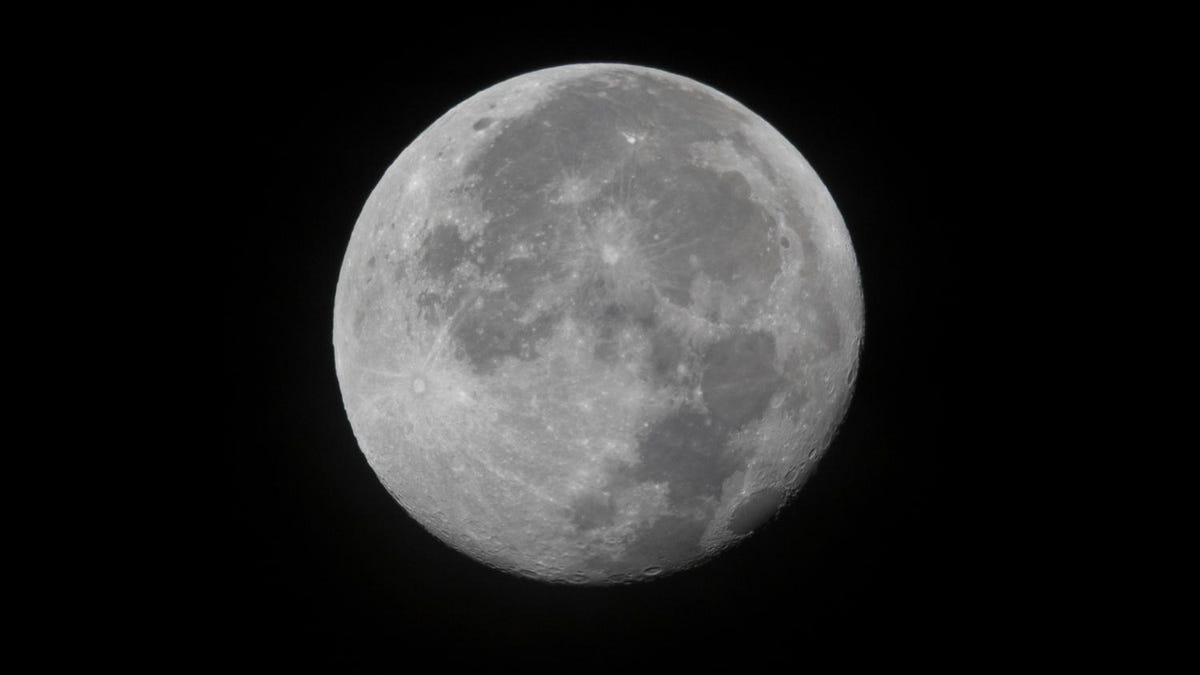Winter solstice weekend will shine with a rare moon event
The long solstice night won't be as dark as usual.

A brilliant full moon rises at NASA's Kennedy Space Center in Florida in 2017.
The longest night. The shortest day. Winter solstice is here for the Northern Hemisphere, and it's a time of both darkness and light, especially this year.
Friday, Dec. 21 marks the solstice, but Saturday, Dec. 22 will gift us with a full moon known as the Full Cold Moon thanks to its wintry timing.
The solstice and the full moon are happening less than a day apart. That means our lunar neighbor should be plenty bright enough all weekend to light up your solstice celebrations.
The next time the full moon and solstice will come so close together is in 2029.
The moon will help enliven the long night, and, as the US National Weather Service points out, we can now look forward to daylight increasing for the next six months.
What is the best part of the #WinterSolstice? How about daylight will now start increasing for the next 6 months!
— NWS (@NWS) December 21, 2018
Read more about astronomical seasons here: https://t.co/rRWaknryeV pic.twitter.com/pfbiboydu5
You can celebrate the moon simply by enjoying the luminosity it brings, but NASA program executive Gordon Johnston has another suggestion: "As usual, the wearing of suitably celebratory celestial attire is encouraged in honor of the full moon."
So break out your Sailor Moon cosplay or your NASA skate shoes and stare up into space this weekend.
CNET's Holiday Gift Guide: The place to find the best tech gifts for 2018.
NASA turns 60: The space agency has taken humanity farther than anyone else, and it has plans to go further.

